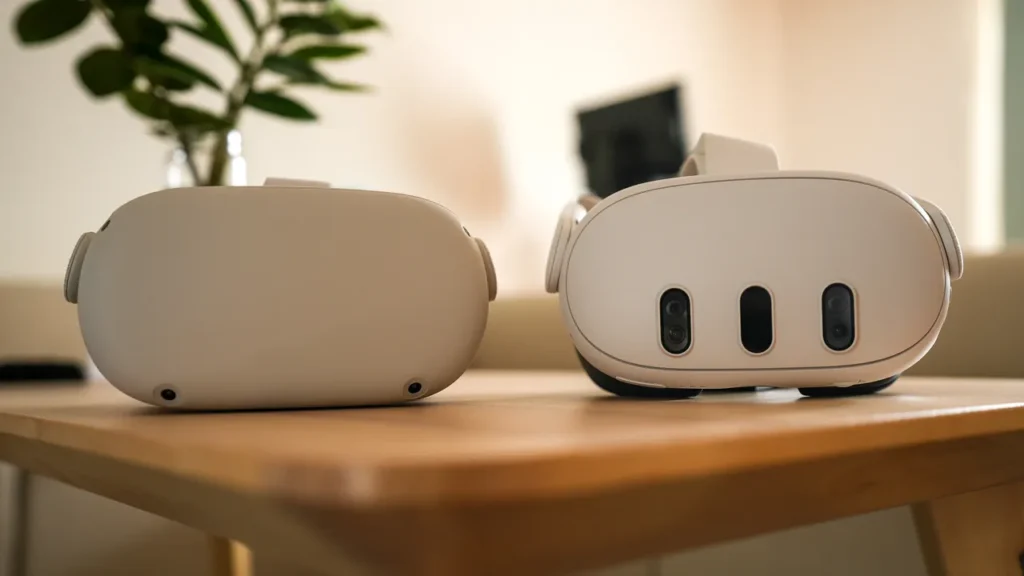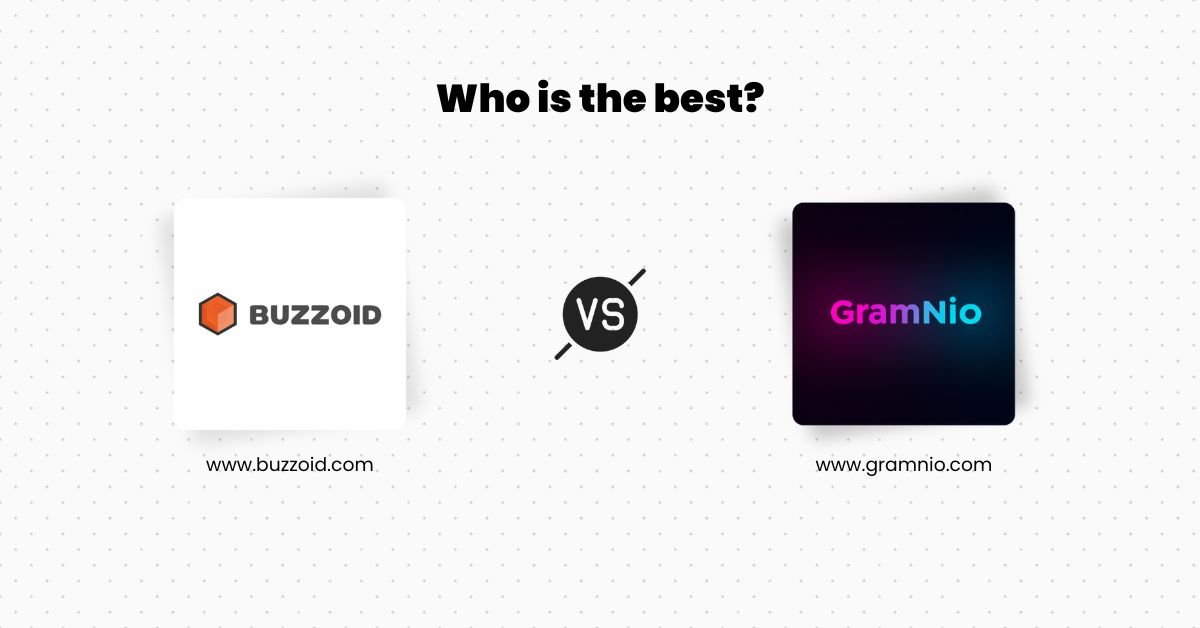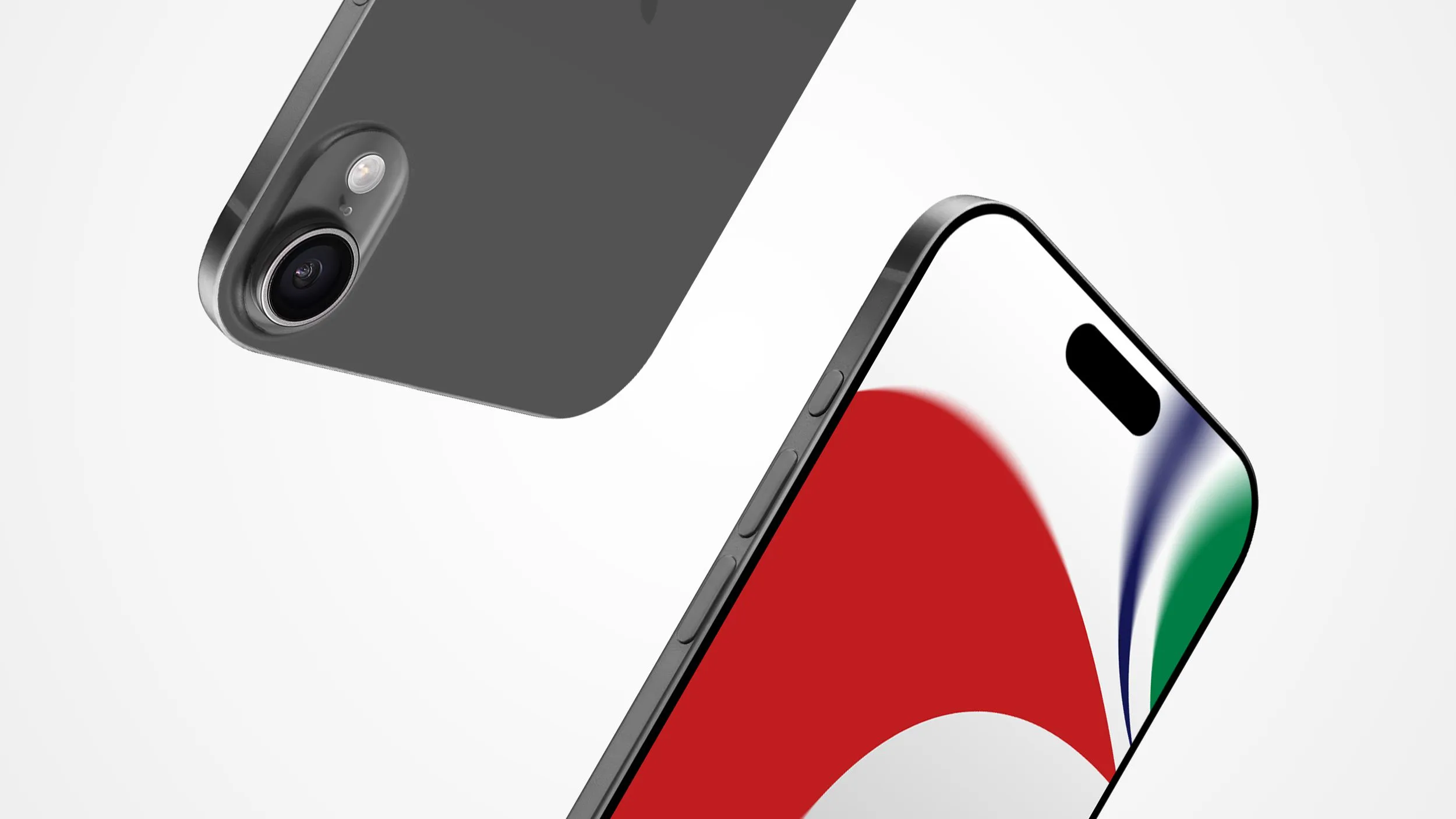The Meta Quest 2 vs 3 debate is heating up in 2024, as virtual reality enthusiasts and gamers worldwide assess whether upgrading to the latest generation of Meta’s VR headsets is worth it. With Meta Quest 3 offering upgraded features and advanced tech over the Quest 2, this article dives deep into elements that go beyond the obvious. We’re exploring new aspects that other reviews have overlooked, helping you make an informed decision about your next VR headset.
Introduction: Evolution of the Meta VR Headsets
Meta’s journey in the virtual reality space has evolved rapidly. With the launch of the Meta Quest 2, VR gaming became more accessible than ever. Now, the Meta Quest 3 promises a leap forward in performance and technology, bringing in better controllers, higher resolution, and enhanced mixed-reality capabilities. However, the question remains: Is it truly worth the upgrade for the average gamer, or is the Quest 2 still relevant? We’ll dissect key differences, and lesser-known details, while touching on the controller advancements, display upgrades, and the gaming experience they offer across different applications, including PC compatibility.
Design & Comfort: A Comparison for Long-Term Use
Both headsets feature lightweight builds, but there are subtle differences in design that influence comfort over extended periods of wear. The Quest 2 has a straightforward, minimalist aesthetic, while the Meta Quest 3 takes on a more refined approach. A major difference lies in the strap system—Meta Quest 3 includes a re-engineered strap that distributes weight more evenly, which can reduce neck strain for marathon gaming sessions.
Interestingly, the Quest 3 also offers improved ventilation, addressing a common complaint from Quest 2 users: overheating during intense gaming sessions. The material upgrades in the Meta Quest 3 provide a more premium feel, with breathable cushioning that supports longer wear.
Resolution and Display: New Standards for Visuals
Resolution plays a crucial role in the VR experience, and this is one area where Meta Quest 3 shines. Quest 2’s resolution, though impressive at launch, now pales in comparison to the Quest 3. The Meta Quest 3’s advanced resolution technology offers greater pixel density, reducing the dreaded screen-door effect, and making everything from gaming to virtual cinema viewing more immersive.
In addition, the Quest 3 incorporates a new type of pancake lens technology, resulting in a wider field of view. This means users can spot details in their peripheral vision, which significantly enhances gameplay in action-heavy or exploration-based VR experiences.
Controller Innovation: Subtle Yet Impactful Changes
One overlooked improvement in the Meta Quest 3 is its controller system. Unlike the Quest 2, which relies on external tracking via cameras, the Meta Quest 3 introduces self-tracking controllers. These offer better precision and reduce latency, making them ideal for high-speed gaming experiences.
Moreover, haptic feedback has seen a noticeable upgrade in the Quest 3, delivering more immersive vibrations that match in-game actions. This brings a new level of realism to VR sports and adventure titles, bridging the gap between the virtual world and reality.
Performance and Processor: A Shift in Power
Meta Quest 3 runs on a more powerful Snapdragon XR2 Gen 2 chip, while the Quest 2 operates on the older XR2 platform. This upgrade is a game-changer, offering faster loading times, smoother gameplay, and better support for more demanding apps. In 2024, VR titles are becoming more graphically intensive, and the improved processing power ensures the Quest 3 can handle them without a hitch.
Another critical improvement lies in memory management. The Meta Quest 3 comes with higher RAM, which means it can manage multiple tasks seamlessly—ideal for multitasking between gaming, fitness, and social VR environments.
Gaming and PC Compatibility: Which Headset is Better?
When it comes to gaming, both the Meta Quest 2 and 3 offer rich experiences, but with some nuances. The Quest 2 has been a reliable workhorse for VR gamers, providing access to a vast library of titles. However, the Quest 3 unlocks new possibilities with better graphics and a smoother frame rate, making it the preferred option for demanding VR games in 2024.
A standout feature of the Meta Quest 3 is its improved PC link capability. It allows users to connect seamlessly with gaming PCs, offering an even wider range of VR experiences, especially for those who prefer PC VR titles. The Quest 3 also offers more stable Wi-Fi connections, reducing lag during wireless play—something that Quest 2 users occasionally struggle with.
Mixed Reality Capabilities: A New Dimension
One of the least-discussed but essential upgrades in the Meta Quest 3 is its focus on mixed reality (MR). While the Quest 2 had basic passthrough functionality, the Meta Quest 3 takes it to a new level. It offers color passthrough with improved depth sensing, enabling applications that blend the real and virtual worlds seamlessly.
This new MR capability isn’t just for gaming; it opens up opportunities in virtual meetings, fitness applications, and creative tools, giving the Quest 3 a broader appeal beyond pure gaming. For those exploring the next frontier of VR, the Meta Quest 3’s enhanced MR features are a compelling reason to consider upgrading.
Battery Life: What to Expect from Both Models
Battery life is crucial for gamers, especially during extended VR sessions. Surprisingly, the Quest 3 offers only a slight improvement over the Quest 2 in this regard. Both headsets provide around 2-3 hours of gameplay per charge, depending on usage intensity. However, Meta has designed the Quest 3 to charge more efficiently, meaning shorter downtime between sessions.
Additionally, both models support external battery packs, making it easy for users to extend playtime. If battery life is a significant concern, sticking with the Quest 2 might still be a viable option, especially if you already own external power solutions.
Meta Quest 2 vs 3: Which Should You Choose?
Choosing between the Meta Quest 2 vs 3 comes down to individual priorities. If you’re new to VR or on a budget, the Quest 2 remains an excellent choice with a strong game library and solid performance. On the other hand, if you’re looking for the latest features and plan to explore beyond gaming—such as mixed reality and advanced PC connectivity—the Meta Quest 3 is the better investment.
Both headsets represent significant milestones in Meta’s journey toward mainstream VR adoption. However, the added power, display improvements, and enhanced controllers make the Quest 3 more future-proof, especially for those diving deep into next-gen VR experiences.
Conclusion: The Future of VR Gaming is Here
The Meta Quest 3 offers notable upgrades in performance, visuals, and mixed reality features, making it an exciting step forward in the world of VR headsets. However, the Quest 2 still holds value for gamers who don’t need the latest bells and whistles. Whichever you choose, Meta’s headsets are pushing boundaries, delivering immersive gaming and beyond.
If you’re still on the fence, try visiting your nearest tech store to experience both headsets firsthand. Alternatively, keep an eye on upcoming software updates, as Meta often enhances its products post-launch. The future of VR gaming in 2024 is bright, and both the Quest 2 and Quest 3 are at the forefront of this revolution.
What’s your pick—Quest 2 or Quest 3? Share your thoughts in the comments below, or check out our in-depth VR buying guide to explore the best headset for your needs! If you’ve already upgraded, let us know how the new Meta Quest 3 stacks up to its predecessor. Happy gaming! 🎮






